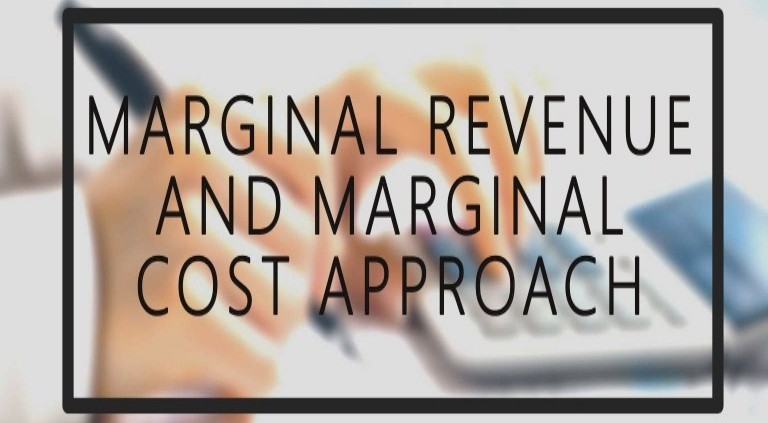Marginal Revenue and Marginal Cost
- Marginal Analysis:
Is an exercise that helps a company make decisions to maximize their profits by comparing the additional benefits and the additional costs generated by increasing their output of the same activity.
- When Marginal Benefit > Marginal Costs, the company should increase the activity output.
- When Marginal Benefit < Marginal Costs, the company should cut down on the output.
- Marginal Revenue (MR):
It measures the increase/decrease in revenue for producing and selling one more unit of item.
- MR = ΔTR/ΔQ
Where TR= Total Revenue
- Marginal Cost (MC):
It measures the increase/decrease in total cost of producing one more unit of an item.
The formula used to calculate marginal cost is as follow:
- MC = ΔTC/ΔQ
Where TC= Total Cost and Q= Quantity.
- Profit Maximization (Marginal Profit):
It occurs when Marginal revenue = Marginal costs. Any points after ‘Profit Maximization’, will cause the prices to rise and gradually diminish the profit (Marginal Loss).
Note: a company should always target to increase its profits, not its revenue.
- Marginal Cost (MC) and Average Total Cost (ATC):
- Total Cost of production (TC) = Fixed Costs (FC) + Variable Costs (VC).
- Average Total Costs (ATC)= Total cost/Q
- Average Fixed Costs (AFC)= fixed cost/Q
- Average Variable Costs (AVC) = variable cost/Q
When an increase occurs in relation to Fixed cost, the:
- FC and AFC increases.
- TC and ATC increases.
- VC and AVC will have no effect.

ATC
MC always interconnect with ATC & AVC at their lowest points for the short run.
Why companies do these Analysis:
- When Marginal Revenue < Marginal cost= the company is over producing so it should decrease the quantity supplied.
- When Marginal Revenue > Marginal cost= the company is not producing enough so it should increase the quantity supplied.






Leave a Reply
Want to join the discussion?Feel free to contribute!